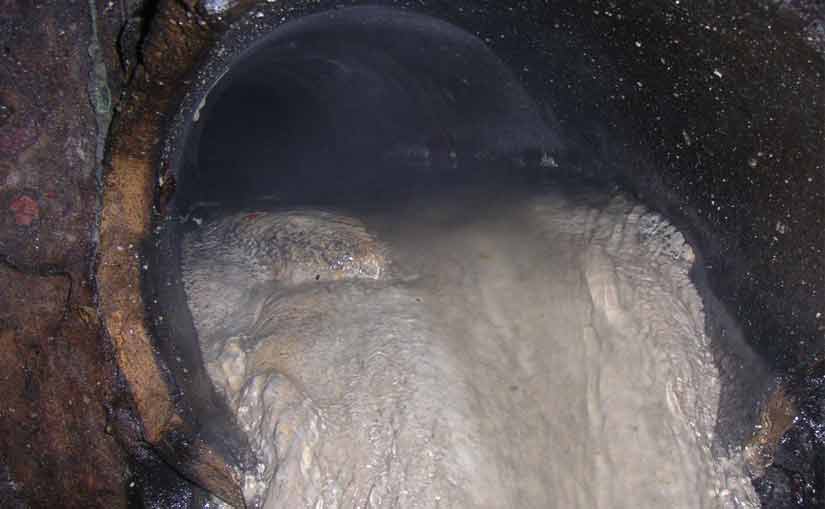Here is an insight into the exciting world of hospital grease trap reduction. Hospitals can be categorized as hotels or resorts these days because of the huge improvements in amenities and features. There are hospitals that have lobbies close to that of a five-star hotel. The aesthetic transformation of hospitals is meant to attract more patients into recuperating or seeking treatment in that specific hospital. The more decorative the hospital building is, the more advanced the amenities are, the more patients patronize it. Hospitals are businesses. Even if they are charitable, they still have to spend for employee salaries, electricity, water, maintenance, and supplies. Without patients, hospitals will stop running.
It’s amazing how medical technology has pushed hospitals to the next level. It has greatly improved the methods of treatment and even the recovery of patients. But even so, the FOG (fats, oils grease) crisis is getting worse because of the large amount of grease materials that come from hospitals. Surgeries produce tissues and fats from operations. Hospital canteens yield FOG every single day because of the meals prepared for patients, staff, and visitors. The federal government created the grease or pretreatment ordinance to resolve the FOG problem in the United States.
Part of the ordinance id to require hospitals to have grease traps within the vicinity to take care of the grease materials. These grease traps or grease interceptors should have permits issued by the Department of City Sewer. It should also be inspected and maintained on a regular basis to monitor the level of FOG and solid wastes. Maintenance for the grease traps should be on a set schedule. Small, indoor grease traps require monthly pump outs. Large, outdoor grease traps need to be pumped out quarterly. But even with these standard schedules, hospitals are already pumping out their grease traps on a weekly basis, to avoid facing lawsuits and paying large fines. Pumping out that frequently tends to be very expensive. If the grease trap is small, the hospital could save a lot by installing a larger grease trap instead.
Hospital grease trap reduction could be started and done continuously with the help of the hospital staff. In the surgery department, all the discarded tissues should be placed in one bin that can be sealed tight, and disposed of the right way. In the hospital kitchen, the grease materials should be scraped off manually and also contained in a receptacle that’s leak proof and could be sealed tightly. The drains in both areas of the hospital should be fitted with strainers or meshes to prevent grease and solid particles from entering the grease trap.
Another method of hospital grease trap reduction is to use an effective cleaner. Because of the exaggerated promises of additive manufacturers, there are still many hospitals that use chemicals and enzymes in getting rid of grease trap FOG. The instant dissolving effect is just a means of letting people believe that they are potent enough. What really happens is that the FOG is just emulsified so that it may be able to combine easily with the wastewater. Once the FOG cools down inside the pipes, it solidifies and adheres to the pipe walls like glue or cement. Eventually, the untreated effluent is totally blocked by the FOG, resulting to wastewater backup. The hospital then becomes contaminated. Contamination is the last thing that hospitals want to happen. This would compromise health and sanitation and the overall welfare of their patients.
Bacteria are the most ideal microorganisms to use in hospital grease trap reduction. They are organisms that live, eat, and reproduce. To keep their systems going, they need to grab at every opportunity to feed. Certainly, they will readily consume FOG and solid materials once they enter the grease trap. Bacteria also eliminate the foul, disgusting smells in the grease trap. They are also free of chemical discharges. Thus, they do not contaminate the environment. If hospital grease trap reduction needs to be done right, it should be done with bacteria.

